
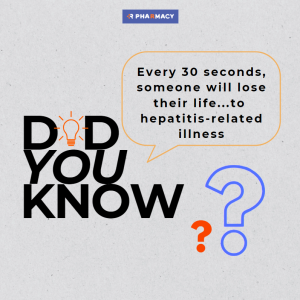

Hepatitis A and E are primarily transmitted through ingestion of contaminated food and water. ( Tips: A & E are at the top and bottom ends of the list, just like your [mouth and [bottom] are, these are transmitted via the faecal-oral route.)
Tips: A & E are at the top and bottom ends of the list, just like your [mouth and [bottom] are, these are transmitted via the faecal-oral route.)
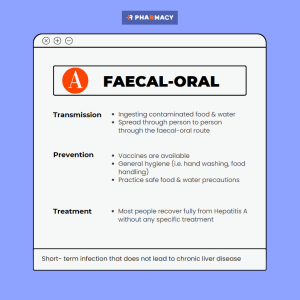
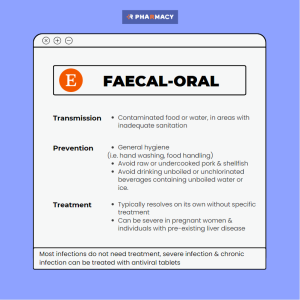
Hepatitis B, C, and D spread through infected blood and bodily fluids, eg. unprotected sex, sharing needles, and inadequate infection control measures. Hepatitis D develops only if the person already has been infected with hepatitis B, as hepatitis D virus relies on the presence of hepatitis B virus for replication.
and bodily fluids, eg. unprotected sex, sharing needles, and inadequate infection control measures. Hepatitis D develops only if the person already has been infected with hepatitis B, as hepatitis D virus relies on the presence of hepatitis B virus for replication.
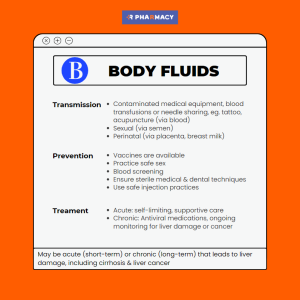
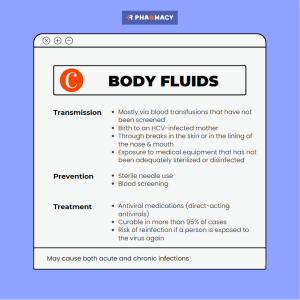
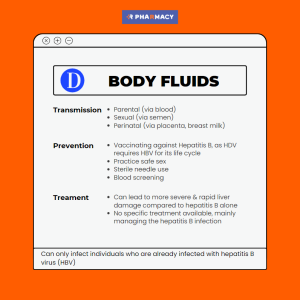
Hepatitis can be acute (short-lived) or chronic (long term), some individuals will recover without serious problems. However, chronic cases often result in serious liver complications such as scarring of the liver, loss of liver function and in some cases, liver cancer.
Signs and symptoms of acute infection include abdominal pain, fever, jaundice, fatigue, nausea and vomiting, light (clay-colored) stool, and dark urine. Many people infected with hepatitis viruses may not show symptoms for years, hence unaware of the condition. This poses serious health risks if left undetected and untreated. With early detection, it’s possible to manage these conditions and prevent liver damage, that is why getting informed and testing early is of utmost importance.

Please don’t wait until it’s too late, a hepatitis-free future is achievable with a united effort.
Article reviewed by Jing Hui Ng, pharmacist at R Pharmacy